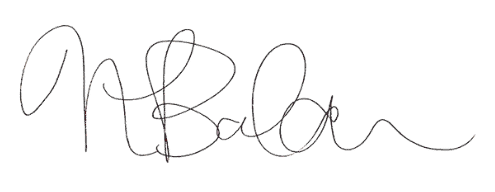

February 28, 2024
Achieving clear vision through eye surgery can be a journey filled with both anticipation and apprehension. Nearly every member of our team- doctors included- has had some form of vision correct procedure, so we get it – it can be exciting and a little nerve wracking all at the same time. In this blog, we’ll cover the role of relaxation aids that are used during eye surgery.
Valium for Refractive Procedures
For vision correction procedures like LASIK, PRK, and EVO ICL, we provide Valium (diazepam) as a pre-surgical aid. Valium is a benzodiazepine, which works to create an anxiolytic effect by enhancing the effects of a neurotransmitter called GABA in the brain, creating a sense of calmness and slight muscle relaxation.
Valium is taken by mouth, and it takes 10 to 15 minutes to feel its effects. The effects of Valium last between four to six hours. This means you can count on feeling relaxed for your procedure and relatively normal after your post treatment nap. Valium is metabolized completely by the body over the course of a few days.
MKO Melts: A Mild Sedative for Lens Procedures
For lens surgeries such as RLE and Cataract surgery, MKO lozenges (AKA MKO melts) are provided to induce a mild sedative effect. MKO, short for midazolam- ketamine- ondansetron, gently influences the central nervous system to provide subtle relaxation during surgery. The lozenges are designed to be a gentle support, creating a state of ‘twilight,’ or conscious sedation – allowing you to be a part of the experience while awake, but with a quieter mind. The MKO melt is administered sublingually, and the majority of patients prefer this over IV sedation, particularly those with a fear of needles or challenging veins. The lozenge is absorbed through the oral mucosa and uptake into the bloodstream occurs in a few minutes. Lozenges are especially effective because the lining of the mouth is thin and rich in blood supply. The effect of the melt peaks at 30-40 minutes and starts to wear off after about 90 minutes. Our patients are monitored by an anesthesiologist and a certified registered nurse anesthetist (CRNA) throughout. General anesthesia can and may be used in Cataract surgery but typically is only recommended under very rare circumstances for certain medical conditions.
Technical precision in surgery is critical, and ensuring the comfort of our patients supports our ability to provide the very best outcomes. Understanding the role of relaxation aids empowers you to be an active participant in your vision correction

Dr. Natasha Balani
